What is the Eisenhower Matrix?
The Eisenhower Matrix, also referred to as Urgent-Important matrix is a productivity, prioritization and time management framework designed to prioritize your most important work by categorizing tasks according to their urgency and importance.
How to distinguish between urgent and important tasks?
Understanding the difference between the urgent and important tasks is crucial to put the Eisenhower Matrix to effective use.
Urgent is reactive
Urgent tasks require immediate attention. They are time sensitive and must be done now with negative consequences if you don't complete them within the expected timeline. Most urgent tasks lead to short-term thinking and sub-optimal decision making given the time constraint under which these tasks are performed.
For example:
-
Finishing a project report due tomorrow.
-
Attending to production bug impacting a large customer base.
-
Fixing a leaking kitchen sink.
Important is proactive
Important tasks do not require immediate attention, but they help you achieve your long-term goals. They have a large impact on your success and require initiative, proactiveness and dedicated focused hours to do quality work. Carefully and thoughtfully planning these tasks ahead of time enables you to embrace opportunities, prevent problems, and make optimal decisions aligned with your long-term goals.
For example:
-
Strategic thinking on new products to launch.
-
Investing in tech platform stability.
-
Feedback reviews to enable team to perform better.
By distinguishing between urgent and important tasks, you can make the best use of your time by dividing your work into the 4 quadrants of the Eisenhower Matrix.
What do the 4 boxes in the Eisenhower Matrix represent?
If you feel overwhelmed with a long list of things to do or not sure where to start, don't worry. The 4 quadrants of the Eisenhower matrix are designed to make it easy for you to accomplish your most important work.
Go through each task one by one and separate them into four possibilities:
-
Important and Urgent (Quadrant 1)
-
Important and Not Urgent (Quadrant 2)
-
Not Important and Urgent (Quadrant 3)
-
Not Important and Not Urgent (Quadrant 4)
Let's understand each in detail.
Important and Urgent (Quadrant 1): Reduce time spent here
These are the tasks that require your immediate attention and cannot be delayed further. Putting them off will not only lead to stress and anxiety, they'll also have negative impact on your success and growth.
Work that shows up in this quadrant is reactive, deals with crisis management and leads to sub-optimal decision making. Important tasks become urgent in due course of time if delayed too much, not given proper attention or carried out without real interest.
Do these tasks now, but prioritize more work in Quadrant 2 to reduce time spent here.
Important and Not Urgent (Quadrant 2): Schedule these tasks
These are the tasks that have a big impact on your long-term goals. They need not be done right away, but it's important to schedule them for later where you can give your focused time and attention.
Proactively working on tasks in this quadrant without putting them off automatically reduces the time spent dealing with crisis freeing up time to do more forward looking work.
Check out the Pomodoro method to accomplish the tasks in this quadrant.
Not Important and Urgent (Quadrant 3): Delegate and empower
These are the tasks that must be completed now but don't affect your long-term goals. You don't have to do them on your own and can be delegated to other members of your team—as an opportunity to expand their skill set or take higher level responsibilities.
Delegating work in this manner empowers them, builds trust and saves your time that's better spent elsewhere.
Not Important and Not Urgent (Quadrant 4): Declutter and eliminate
Tasks in this quadrant give an illusion of productivity by keeping you busy, but must not be done at all. These are distractions which if not eliminated will get in the way of your goals.
Simply delete these tasks and don't waste your or others time and effort.
Why is it called the Eisenhower Matrix?
Dwight D. Eisenhower was the 34th President of the United States, who served in office from 1953 to 1961. Before becoming President, he was a five-star general in the United States Army, served as the Supreme Commander of the Allied Forces in Europe during World War II, and was responsible for planning and executing invasions of North Africa, France, and Germany. Eisenhower was recognized by the Army Chief for his role in planning military exercises with almost 50,000 troops. He also later became NATO’s first supreme commander.
Dwight had to make tough decisions continuously about which of the many tasks he should focus on each day. To navigate his priorities effectively and efficiently, he invented a simple decision making tool, now the world-famous Eisenhower Matrix. His methods for time management, task management, personal productivity and prioritization have been studied across decades and used by many people.


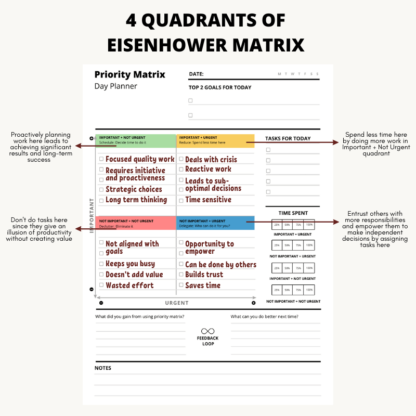
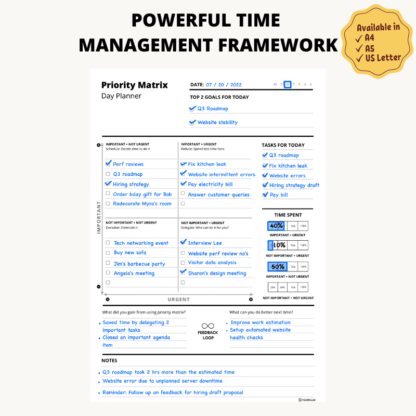
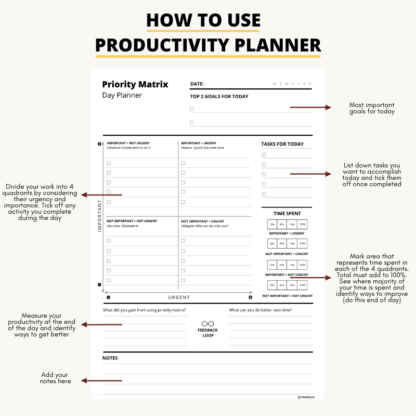
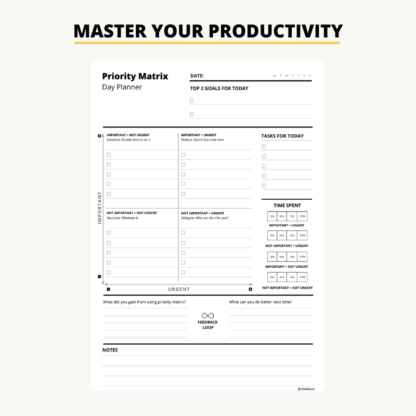
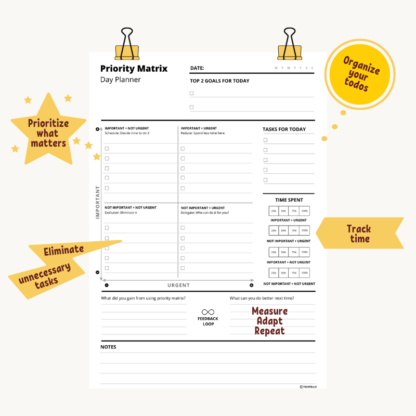
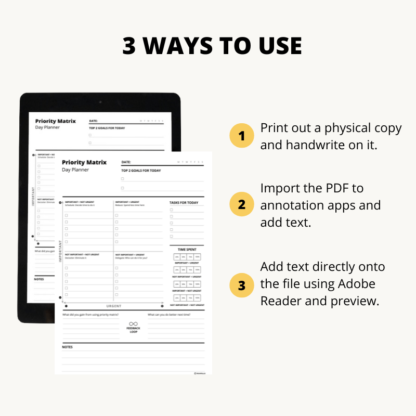

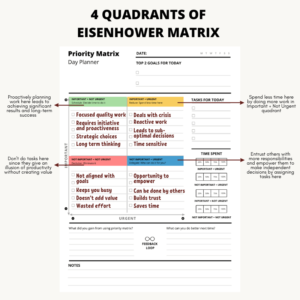
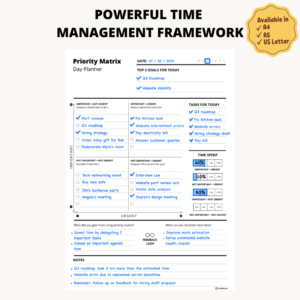
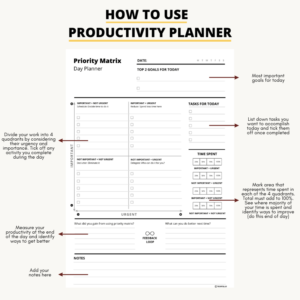
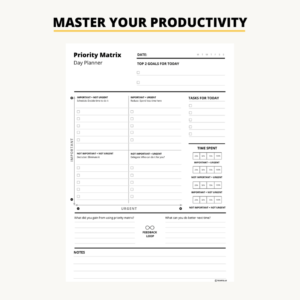
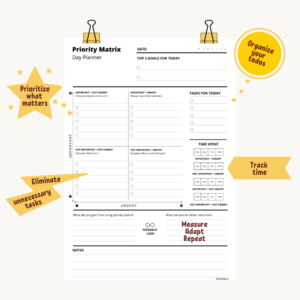
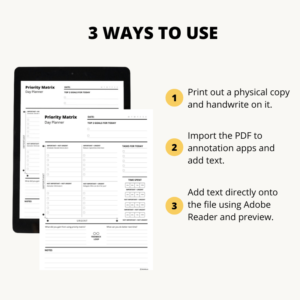


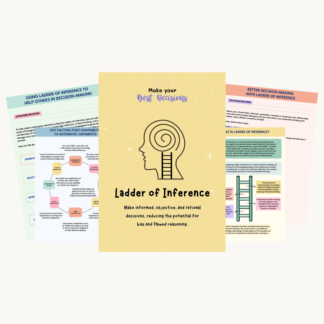
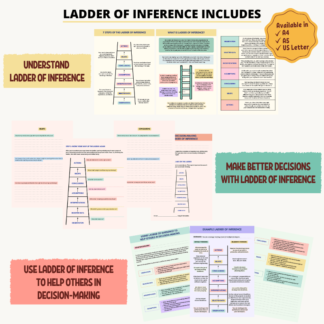
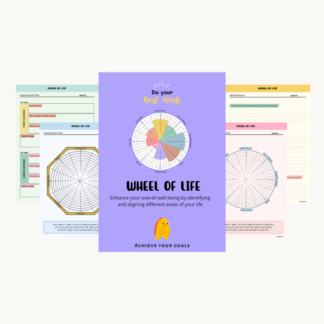


Reviews
There are no reviews yet.